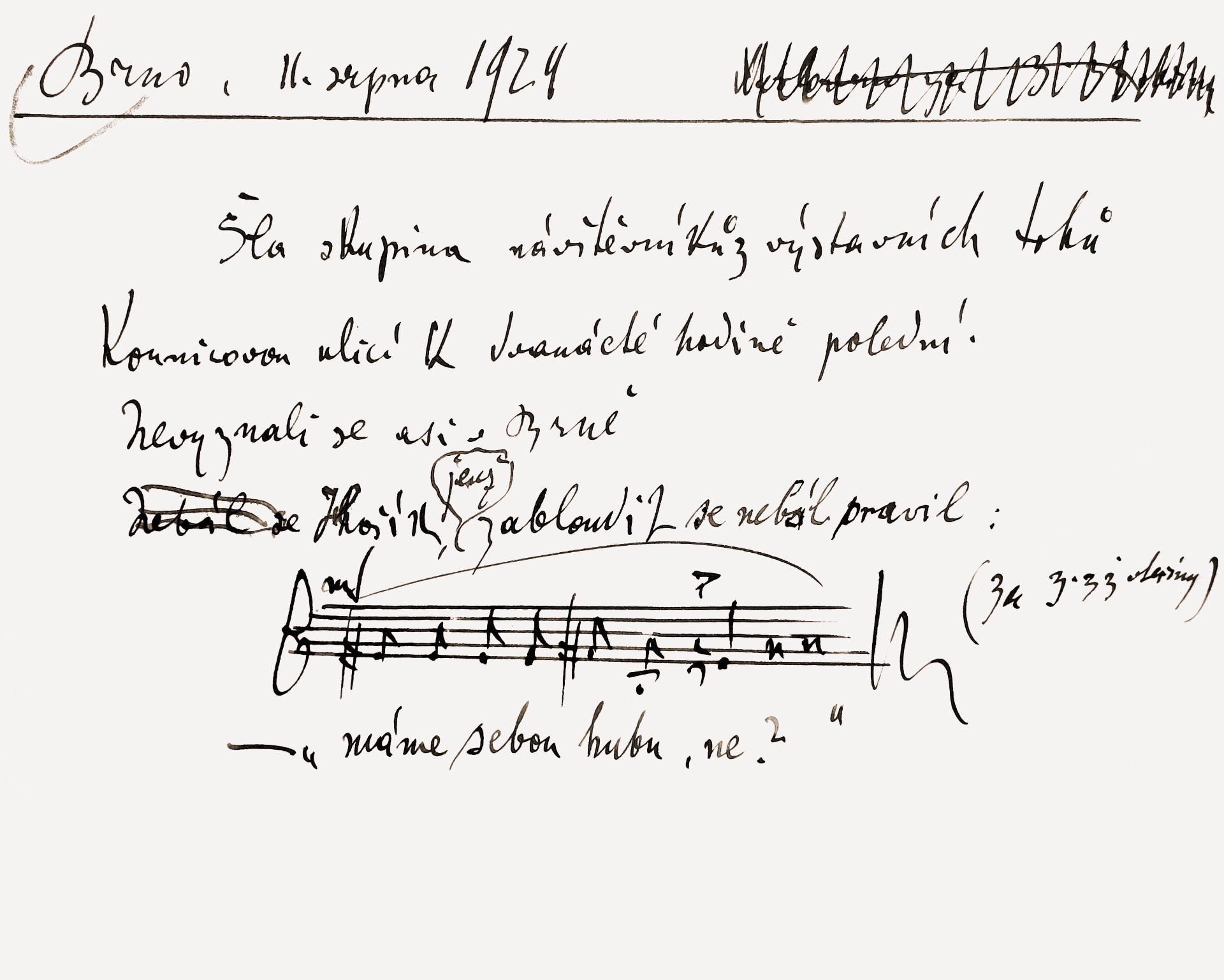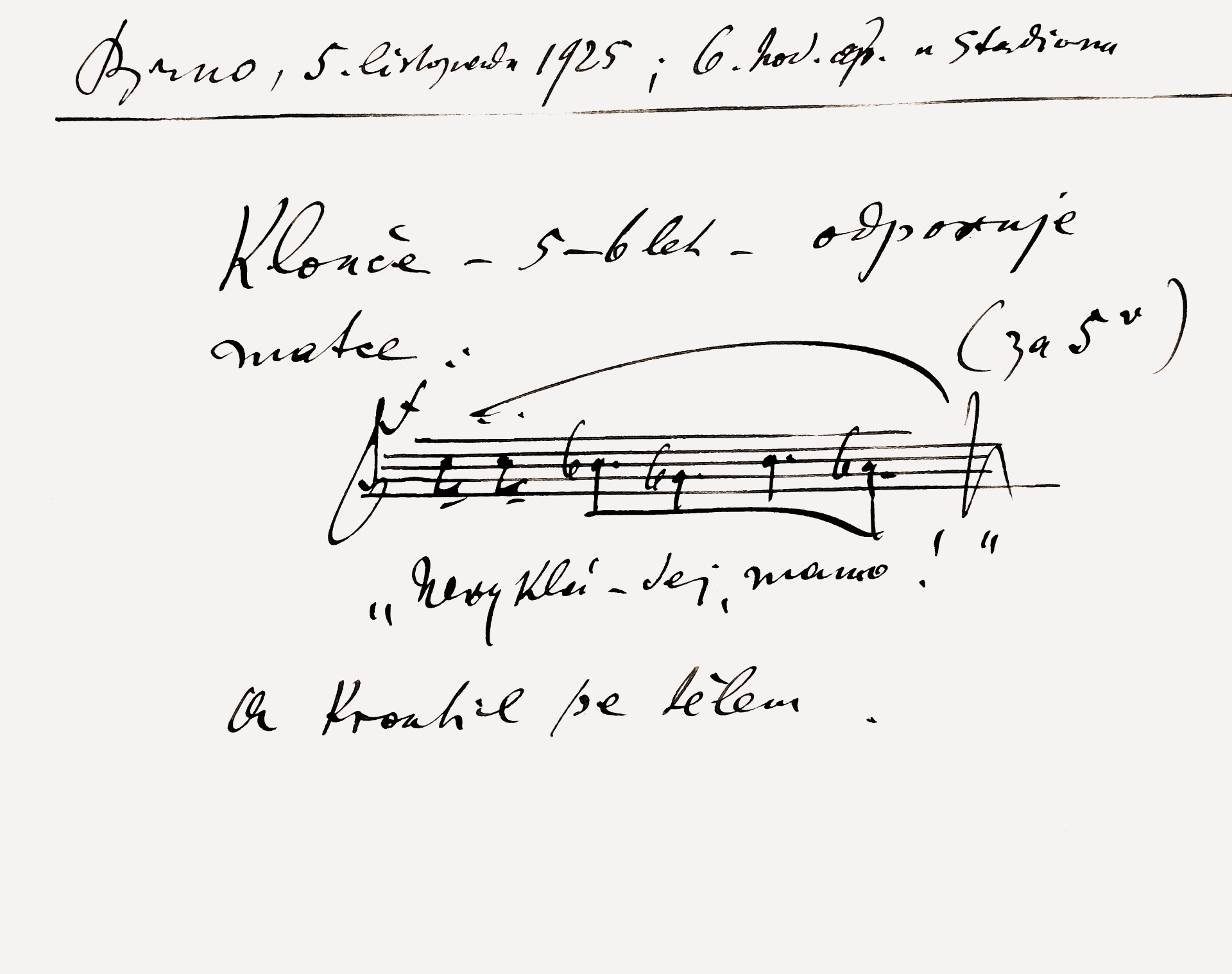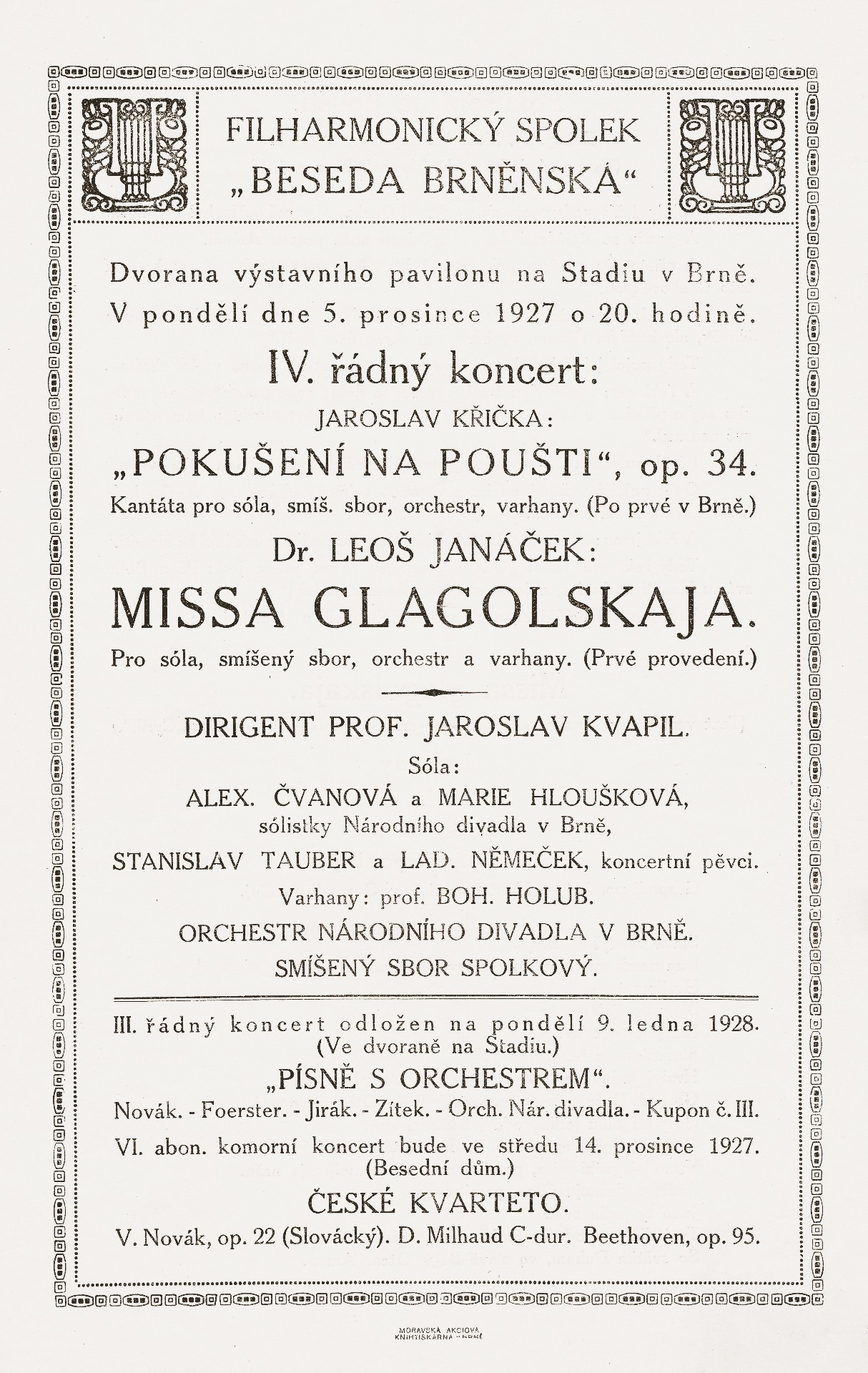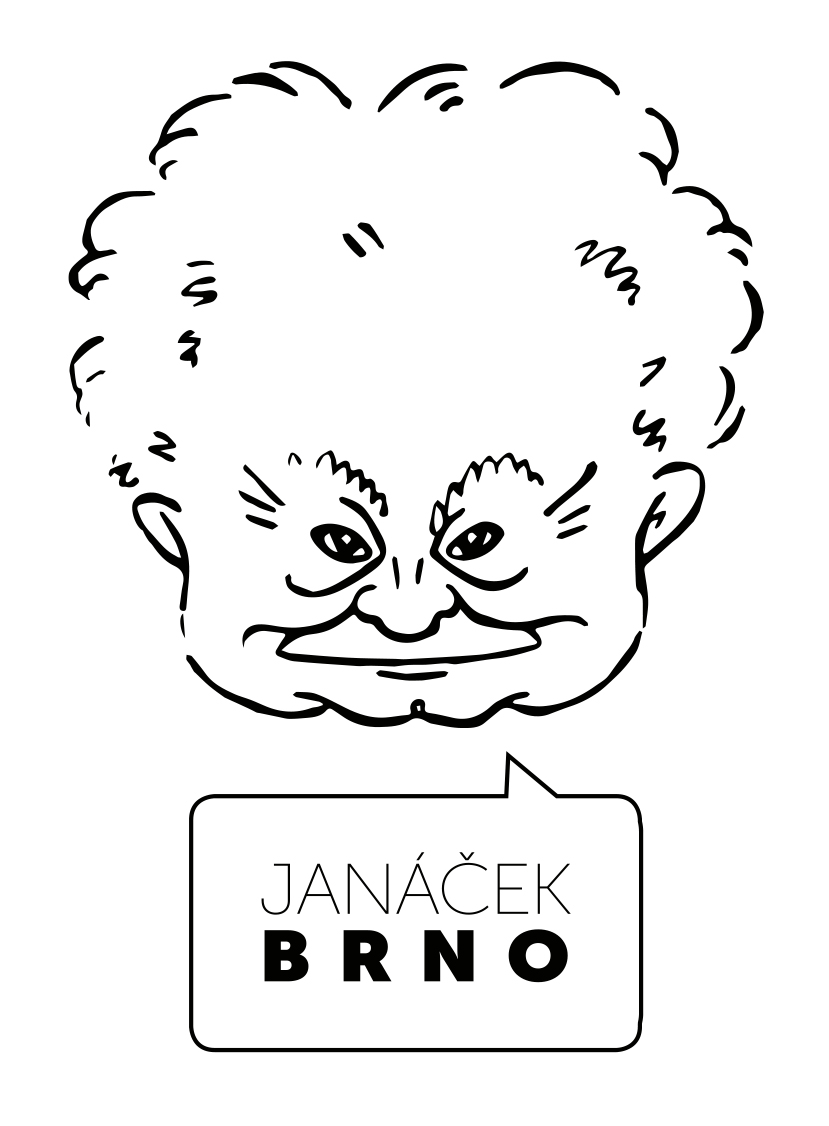
14
Stadion Hall
KOUNICOVA 20
A summer stadium was built on Kounicova street in 1922 to celebrate the 60th anniversary of the foundation of the Sokol gymnastics association. One year later a pavilion was constructed nearby with a large hall which functioned as a multifunctional space principally for the Brno trade fairs, though from the start it was also used for concerts. Shortly after it was opened, Wilhelm Sauer's grand organ from 1885 was installed here, which had originally been housed in the concert hall of Prague's Rudolfinum. It was here that the premiere of Janáček's Glagolitic Mass was given on 5 December 1927. When it was decided to build the trade fair in Pisárky, the exhibition pavilion was given to the Sokol, which decided to build a new gym nearby with meeting room facilities. Therefore, soon after the premiere of the Glagolitic Mass the original hall was completely surrounded by new buildings, though at the start of the 21st century the interior of the hall had hardly changed, including the original organ.

The old Slavonic mass? Well, you know what they wrote about me - the old believer. But that just angered me and I said to them, "So young man, first of all I'm not an old man and a believer - not yet, not yet. When I'm convinced. [...] Here I wanted to capture faith in the certainty of a nation, not based on religion, but on a strong morality which takes God as its witness.
From an interview with Leoš Janáček (Literární svět I, 8. 3. 1928)









